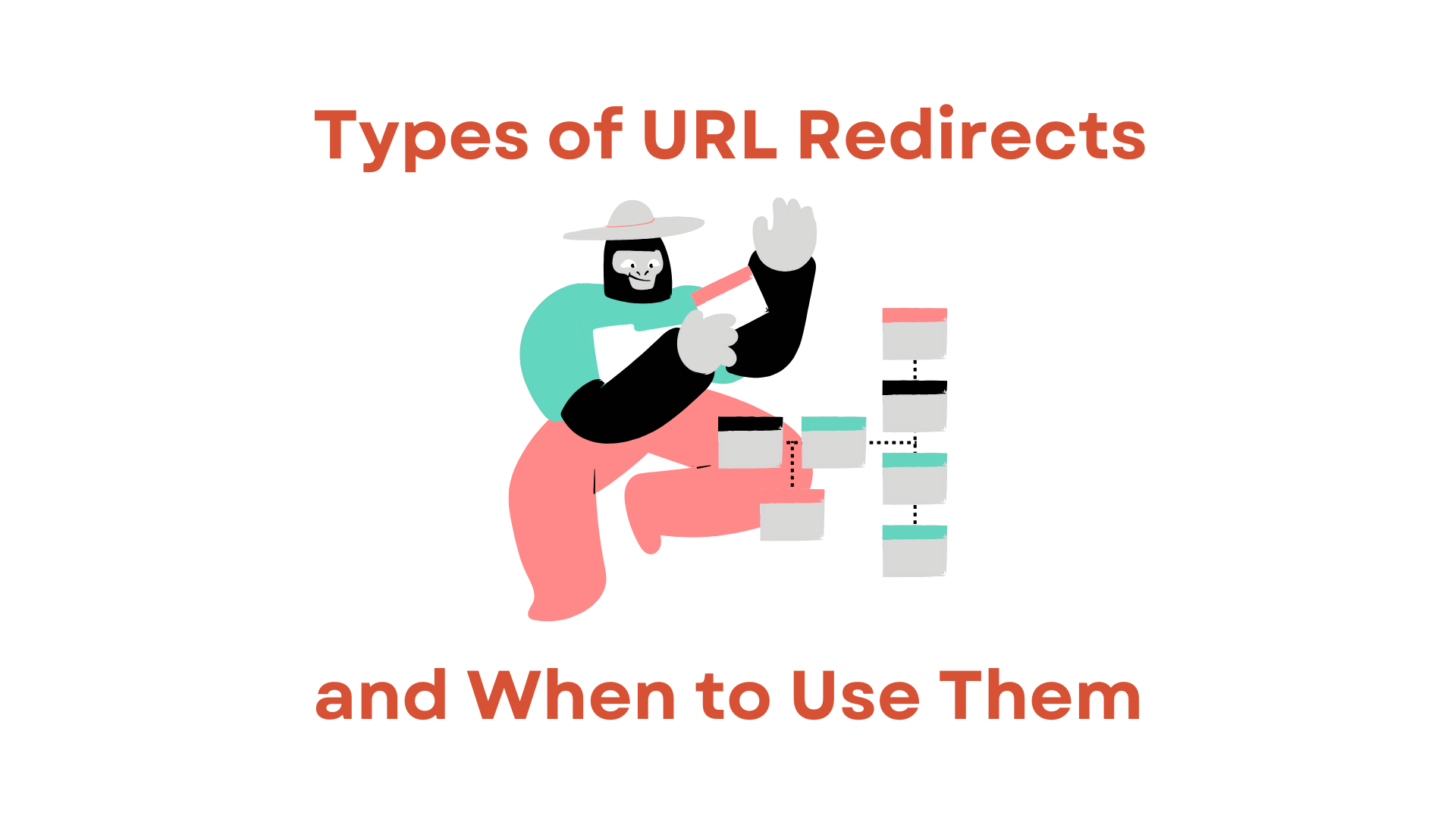URL redirection, also known as URL forwarding, is a technique used in web development to redirect one URL to another. While this technique is often used to redirect users to a new web page or website, it can also be used to improve search engine optimization (SEO). In this article, we will discuss how URL redirection can help improve SEO and the different types of URL redirection available.
What is URL redirection?
URL redirection is the process of forwarding one URL to another. It is typically done using a server-side redirect or a client-side redirect. A server-side redirect is done at the server level, where the server sends a 301 or 302 HTTP status code to the user’s browser, telling it to redirect to the new URL. A client-side redirect is done using JavaScript or HTML, where the browser is instructed to redirect to the new URL.
Why is URL redirection important for SEO?
URL redirection is important for SEO because it allows you to redirect users and search engines to the correct page, especially if you have recently made changes to your website or if you have multiple pages with similar content. By using URL redirection, you can consolidate the authority of multiple pages into one and prevent duplicate content issues.
Types of URL redirection
There are three main types of URL redirection: 301 redirects, 302 redirects, and meta refresh redirects.
301 redirects
A 301 redirect is a permanent redirect, which tells search engines that the old URL has permanently moved to a new URL. When a user or search engine crawls the old URL, they are automatically redirected to the new URL. This is the most commonly used redirect and is recommended for SEO purposes.
302 redirects
A 302 redirect is a temporary redirect, which tells search engines that the old URL has temporarily moved to a new URL. When a user or search engine crawls the old URL, they are automatically redirected to the new URL. This type of redirect is not recommended for SEO purposes, as search engines may continue to index the old URL.
Meta refresh redirects
A meta refresh redirect is a type of client-side redirect that automatically redirects the user to the new URL after a set amount of time. This type of redirect is not recommended for SEO purposes, as it can slow down the page load time and may not be recognized by some search engines.
Best practices for using URL redirection
To ensure that you are using URL redirection effectively, here are some best practices to keep in mind:
- Use 301 redirects for permanent redirects.
- Use descriptive and relevant anchor text for the redirect.
- Avoid using meta refresh redirects, as they can harm your SEO efforts.
- Keep your redirects up-to-date and remove any unnecessary redirects.
- Avoid redirect chains, where one redirect leads to another, as they can slow down the page load time and harm your SEO efforts.
In conclusion, URL redirection is an important technique for improving SEO. By using the appropriate type of redirect and following best practices, you can effectively redirect users and search engines to the correct pages on your website, consolidate page authority, and prevent duplicate content issues.




